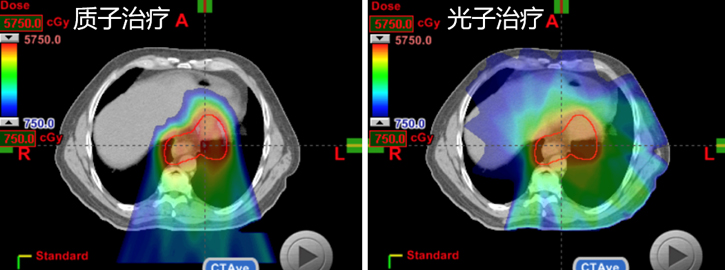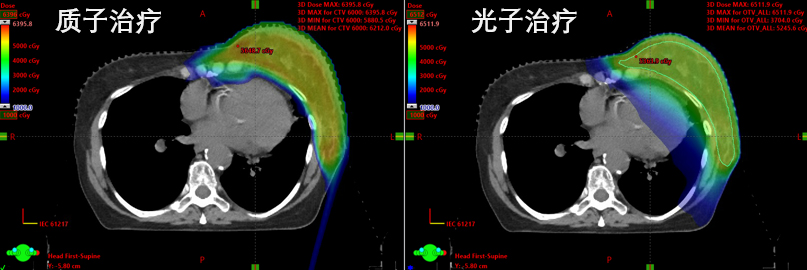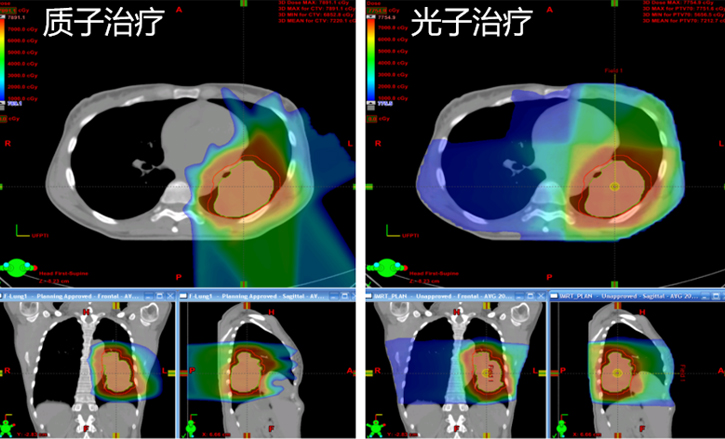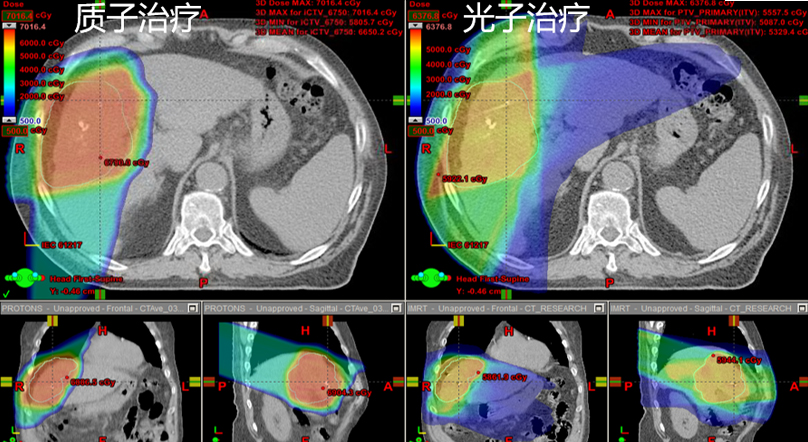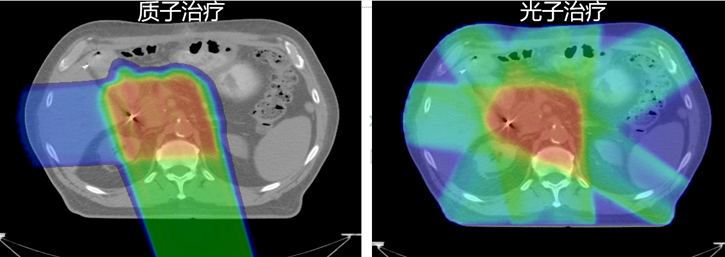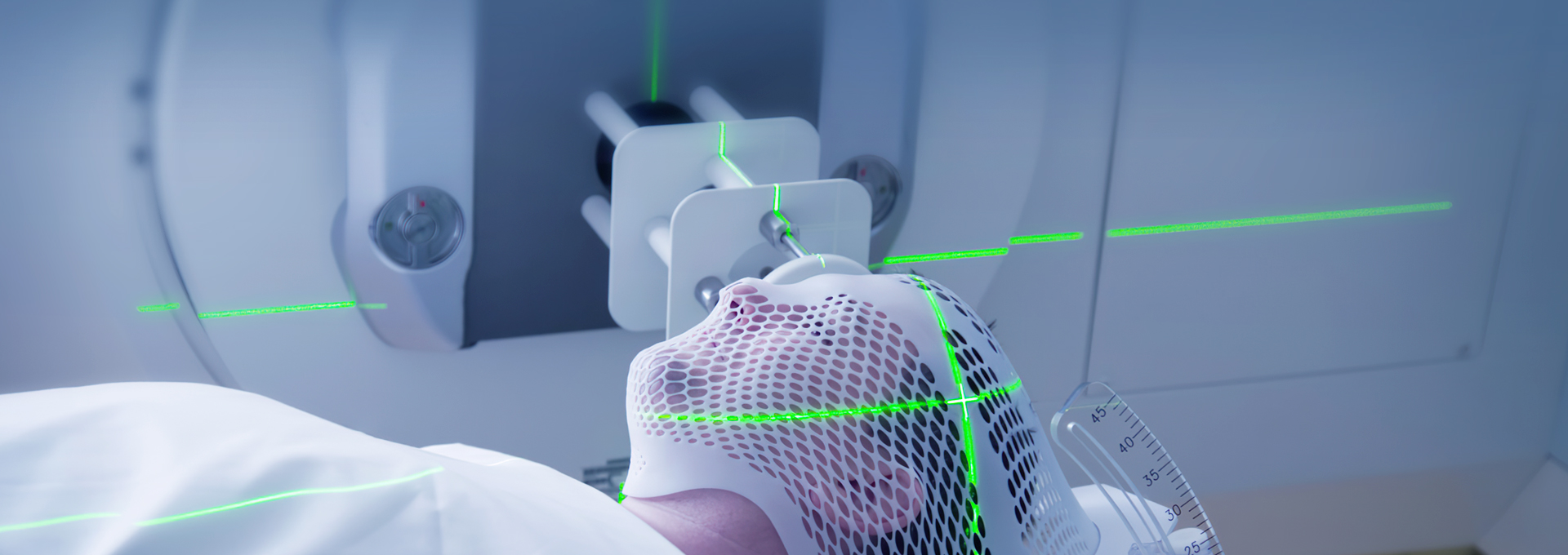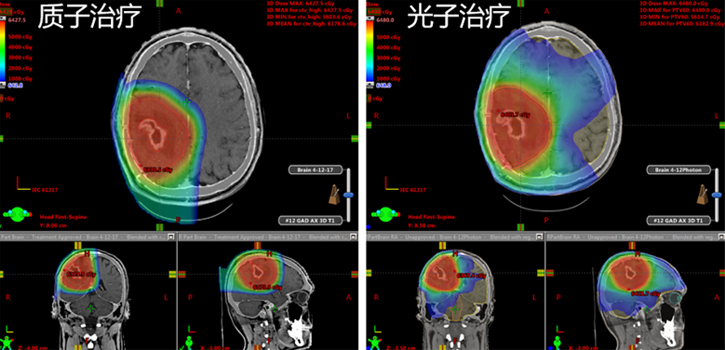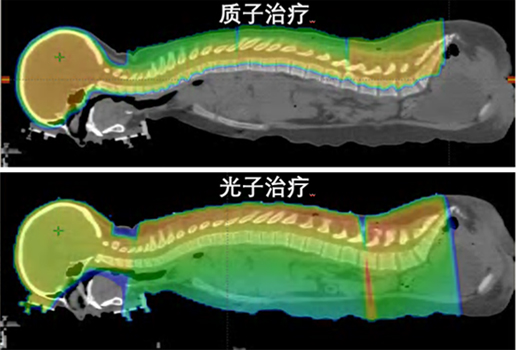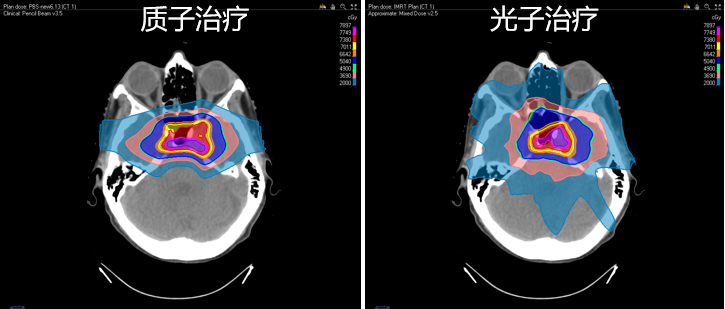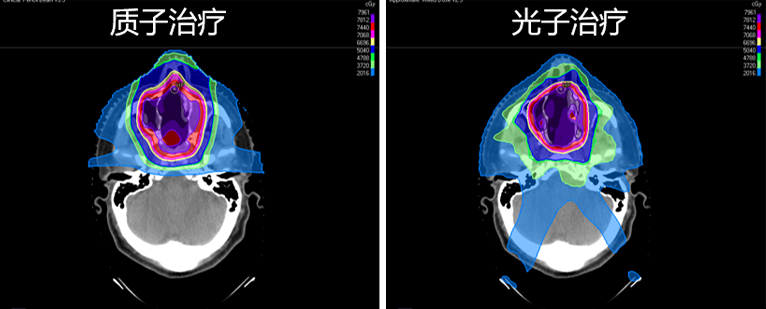Proton therapy
Radiotherapy destroys cancer cells by producing α、β、γ X-ray and X-ray, electron ray, proton beam and other particle beams by various X-ray therapeutic machines or accelerators. Traditional radiotherapy techniques can also destroy normal cells while killing adjacent cancer cells. This leads to patient toxicity and side effects. Thus, the dose of radiotherapy can be limited (and therefore cure rate) in order to reduce damage to nearby organs.
Proton therapy is an advanced technology to treat tumors that takes advantage of the characteristic of "Bragg peak" of proton beams. After the proton is accelerated through a synchrotron to about two-thirds of the speed of light, it is targeted at tumor tissue. This directly attacks the cancer cells by breaking the two DNA strands within the cancer nucleus, usually rendering the damaged cancer cells irreparable. A proton is a positively charged subatomic particle. Due to the superior physical dose distribution of proton beam, the irradiation dose can be concentrated to the tumor site. Therefore, compared with traditional radiotherapy, proton therapy has incomparable advantages.
-
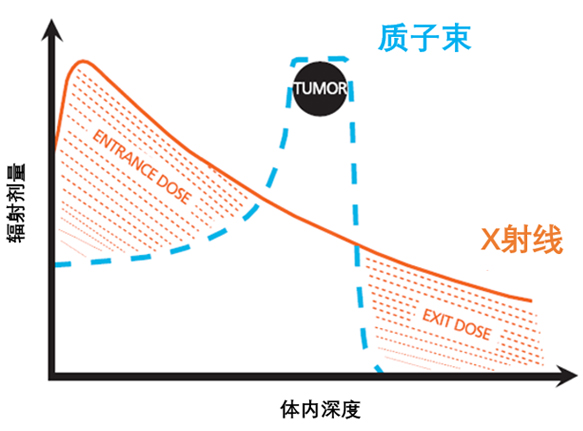
Proton beam and X-ray radiation dose distribution
-
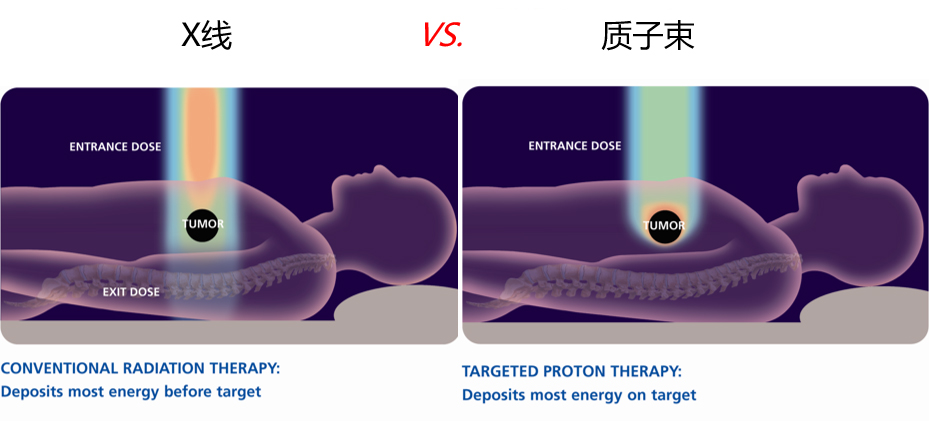
In vivo penetration of proton beams and X-rays
Proton therapy is an advanced radiotherapy technology used to kill cancer cells. Protons originate from the ion source. In less than one second, hydrogen atoms are separated into negatively charged electrons and positively charged protons. The protons are then injected into the cyclotron and accelerated (Fig. 3 and Fig. 4).When accelerated to 70% of the speed of light, these high energy protons enter the energy selection system which is composed of magnets (Fig. 5).To meet the needs of the differing depths of patient tumors, protons with different energies are selected, passed through a transmission system (Fig. 6), and then enter the treatment room through the rotating gantry. When the proton beam passes through the grantry, it is shaped by the collimator before it irradiates the tumor at a certain depth. The gantry frame can rotate 360 degrees freely, allowing patients to be treated at any angle (Fig. 7).Patient positioning is highly accurate. Our proton therapy gantry is equipped with CBCT. CT scanning is performed before each treatment to confirm the correct positioning. At the same time, pencil beam scanning is also implemented (Fig. 8). Point-by-point scanning and layer-by-layer scanning can achieve a high correlation between the tumor shape and the shape of the tumor.
-
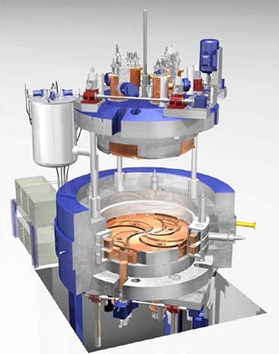 Fig.3
Fig.3 -
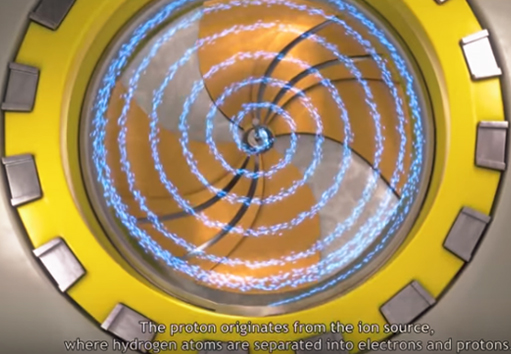 Fig.4
Fig.4 -
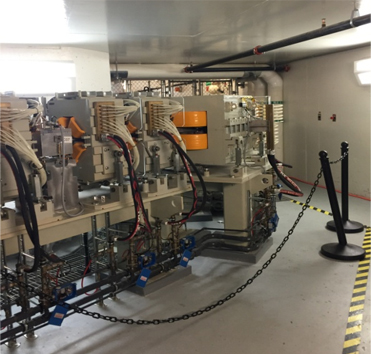 Fig.5
Fig.5 -
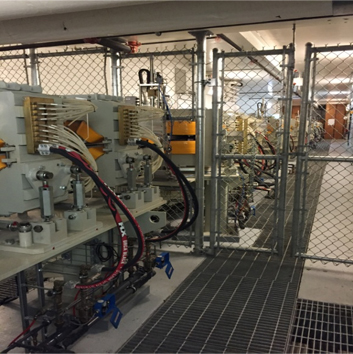 Fig.6
Fig.6
-
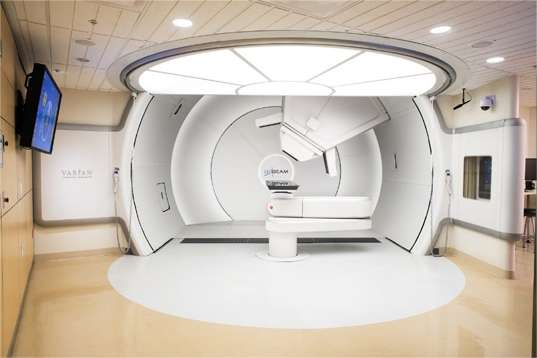 Fig.7
Fig.7 -
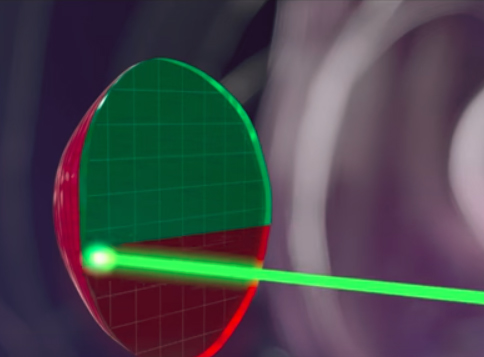 Fig.8
Fig.8
Advantages of Proton Therapy
a、Precise tumor targeting
With traditional radiotherapy, radiation energy gradually attenuates as is travels through the body, limiting some effectiveness by the time it reaches the tumor. A proton beam, however, has the characteristic of "Bragg peak" which means that energy release reaches the maximum at a certain point. Taking advantage of this property, protons can be controlled to release the maximum energy at a specific part of the tumor and achieve the best therapeutic effect. In other words, when the traditional x-rays reaches a deep tumor, it has exhausted much of its strength. But the proton beam can "go deep into the enemy territory" to realize "precision blasting". In addition, proton therapy spares radiation exposure to surrounding normal tissues due to the small size of the particles, concentrated mass, and less scattering within the human body.
While accurately and effectively killing tumor tissue, proton radiotherapy can also minimize the damage caused by radiotherapy to normal tissue. With traditional radiotherapy X-rays (photon therapy) or γ rays, the radiation dose range cannot be controlled. In addition to the tumor cells, the normal tissues in front and behind the tumor will also be irradiated and result in the side effects of radiotherapy. Proton therapy takes advantage of the "Bragg peak" to concentrate energy release in the ideal location. The tissue in front of the tumor is only irradiated by a very small amount. The normal tissues of the posterior and lateral sides of the tumor receive almost no dose. This effectively protects the normal tissue of human body and greatly reduces side effects of radiotherapy. In a cases such as left-sided breast cancer, proton therapy protects the adjacent heart and lung tissues (Fig. 9). In radiotherapy for head and neck tumors, proton therapy has the advantage of protecting the brain stem, eyes, mouth and parotid gland. The occurrence of complications and sequelae are greatly reduced (Fig. 10).
-
 Fig. 9
Fig. 9Comparison of proton therapy and photon therapy for breast cancer
-
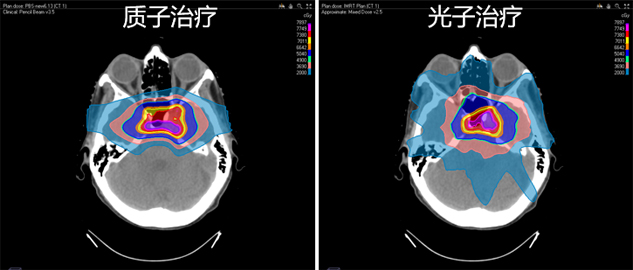 Fig .10
Fig .10Comparison of proton therapy and photon therapy for breast cancer
Proton therapy, as the latest and most promising modality in the radiotherapy treatment of cancer. Based on pencil beam scanning technology, intensity-modulated proton therapy has wider applicability than other treatment methods (Fig. 11). Proton therapy plays an exceptional role in the treatment of ocular tumors, large deep tumors and tumors with poor sensitivity to conventional radiation (photon ray, X-ray, electrons, and gamma ray). Proton therapy also has unmatched advantages in children's tumors and head and neck tumors.
Although in recent years proton therapy has received a lot of interest in China, it was actually first proposed in 1946. In 1988, proton therapy was approved by the U.S. FDA and began to stand out in the field of tumor therapy. At present, there are nearly 30 proton therapy centers in the United States, including Mayo Clinic Hospital, the University of Florida, MD Anderson Cancer Center, and Massachusetts General Hospital. With more than 220,000 patients already receiving proton therapy worldwide, it is considered a mature and safe radiotherapy technology.
-
1
 体位固定
体位固定 -
2
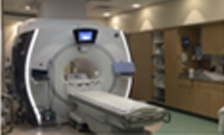 CT/MRI扫描定位
CT/MRI扫描定位 -
3
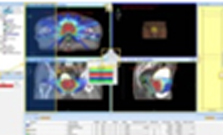 勾画靶区、放疗计划设计
勾画靶区、放疗计划设计 -
4
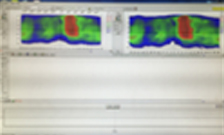 放疗计划验证
放疗计划验证 -
5
 实施放疗
实施放疗
